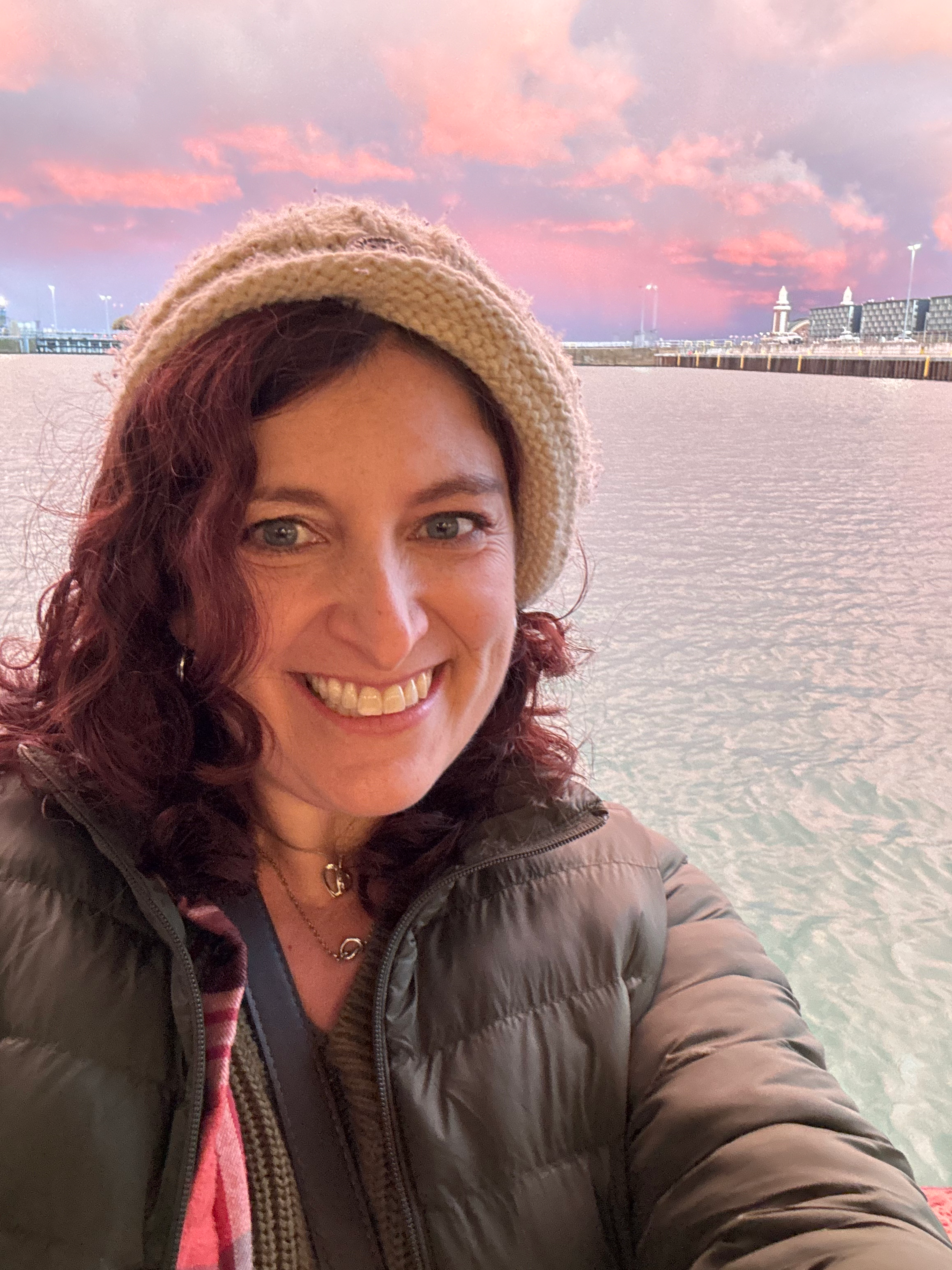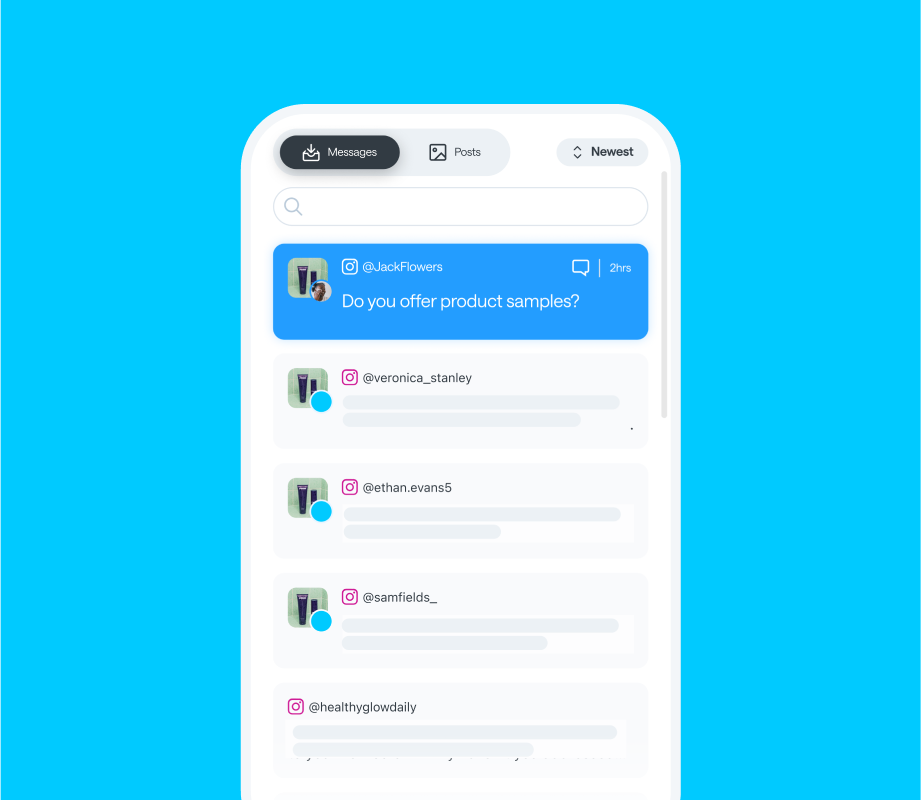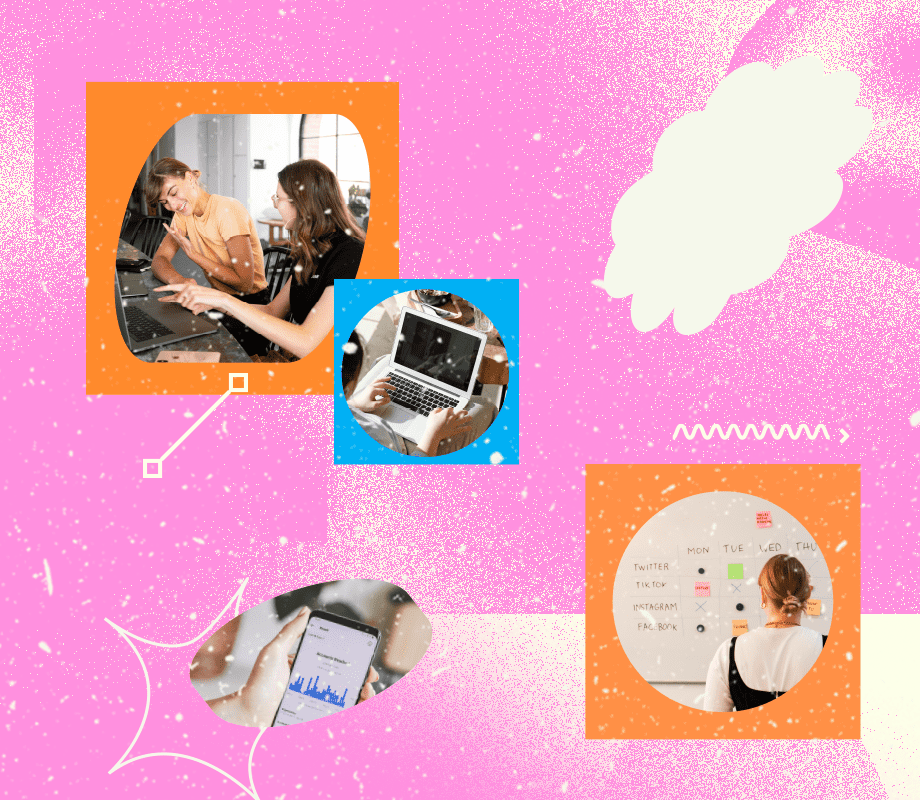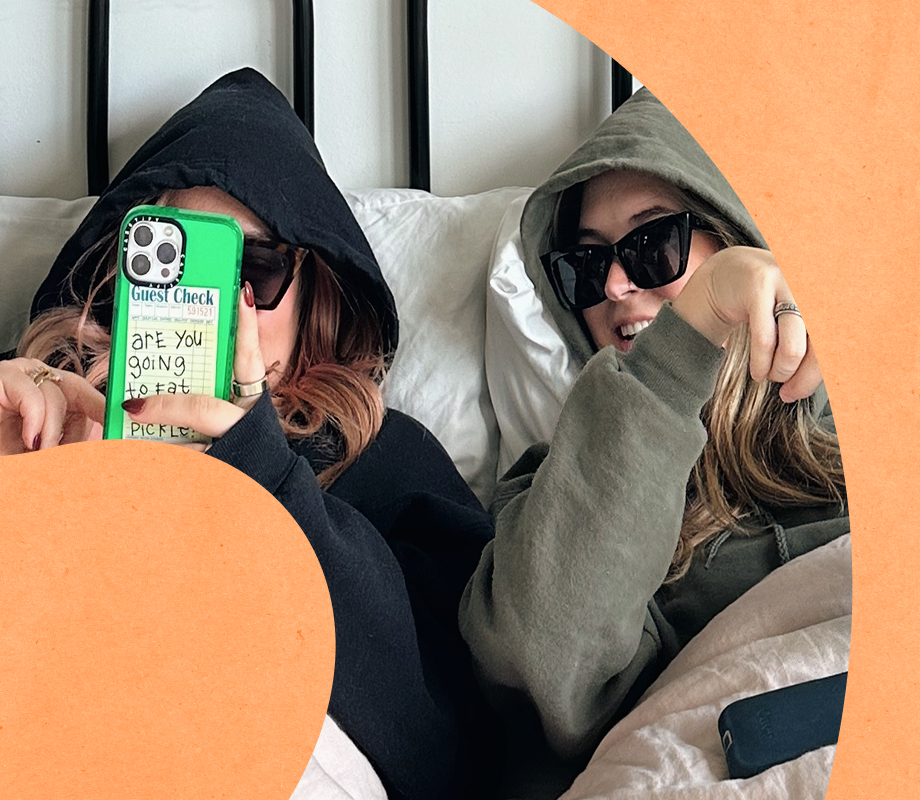Ah, the timeless struggle of balancing budgets. You’ve just finished Q4 planning. The VP of brand champions community and organic social media posts; the performance team wants more paid social advertising; finance just asks, “What’s the return?” Sound familiar?
The truth is that organic versus paid social media isn’t always a binary choice. Both tactics influence every stage of the funnel, but in different ways and in different timelines. They may be complementary, or they can have competing priorities. Ultimately, how you balance paid and organic social media boils down to your specific campaign objectives and the resources you have available.
Below, we examine the difference between organic and paid social media, share the benefits of each, and finish with a hybrid framework you can plug into next quarter’s calendar.
See how Later can help you blend organic trust with paid precision that turns your social media into a predictable revenue driver. Book your free demo today.
Table of Contents
- What is organic social media?
- What is paid social media?
- Organic social media: Pros and cons
- Paid social media: Pros and cons
- 5 key differences between organic and paid social media
- The hybrid flywheel: how winning brands combine both
- Budgeting: A smarter allocation model
- Measuring ROI with precision
- Proof it works: two hybrid case studies
- Crafting a balanced social media strategy
Join over 1 million marketers to get social news, trends, and tips right to your inbox!
Email AddressThe hybrid flywheel: How winning brands combine organic and paid social media
High-growth brands often treat organic as an R&D lab and paid as the scaling engine. Here’s the step-by-step loop we coach enterprise clients to run:
Hypothesize with organic. Use Later analytics to spot which posts earn above-average saves or watch time.
Boost proven winners. Turn the top 5% into ads or Spark Ads. Now you’re spending behind content the algorithm (and your community) already liked—lower CPM, higher CTR.
Refine via paid insights. Pore over demographic and conversion data. Anything interesting? Feed it back to the content team.
Evolve creative. Craft new assets that marry the organic hook with conversion-focused CTAs.
Repeat monthly. The loop compounds learnings and shrinks creative waste.
We detail this process—and the media math—in our free influencer paid-media guide. Download it today.
Budgeting: A smarter allocation model
Start by mapping each campaign to its primary business need and then decide how much of the budget should spark conversation and how much should buy reach. Use the grid below as a starting point, not a straightjacket, and revisit it every quarter so you can flex with algorithm shifts, new product lines, or unexpected cultural moments.
Business need | Working ratio | Rationale | What to watch |
Brand health (always-on) | 70% organic / 30% paid | Daily touchpoints keep the algorithm warm and the community close; a modest retargeting budget re-introduces lapsed or look-alike audiences without draining funds. | Organic engagement trending down? Nudge the paid share to 40% for a month, then taper. |
New product launch | 30% organic / 70% paid | You need awareness, traffic, and conversion data yesterday. Paid guarantees reach, while organic content handles FAQs, unboxings, and social proof. | Watch frequency caps. Anything above three impressions per user can spike CPC. |
Seasonal or flash promo | 50% organic / 50% paid | Organic Stories and Reels build anticipation; paid countdown ads drive urgency in the final 48 hours. | Shift spend from prospecting to retargeting as inventory runs low. |
Community-centric event | 80% organic / 20% paid | Real-time engagement is the point; a small paid boost spotlights highlight clips for non-attendees and fuels post-event FOMO. | Prioritize shareable formats—polls, live Q and As—over static ads. |
A final tip: consider funneling any unspent paid social media budget into creator whitelisting during the last week of each quarter. This can help keep customer acquisition cost (CAC) steady while providing finance a tidy finish-line report.
Download our free social media budget template to plan, track, and optimize every paid and organic dollar with confidence.
Measuring ROI with precision
You can’t declare a winner in the organic vs. paid social media debate without clean, comparable data. Build two dashboards, then combine them for a holistic view of the ROI.
Organic scorecard
Engagement velocity:
Track the rate, not just the raw number, of likes, saves, and comments. A rising slope signals algorithm momentum.
Share of voice:
Benchmark your brand mentions against two main competitors to see if you’re winning the conversation.
Audience sentiment:
Bucket mentions into positive, neutral, and negative to spot reputation shifts before they trend.
Branded search lift:
Correlate spikes in Google or TikTok search queries with content drops to prove upper-funnel influence.
Later’s social media analytics pull those signals into a single timeline so any stakeholder can grasp performance in under 60 seconds.
Paid scorecard
Cost per thousand impressions (CPM) + click-through rate (CTR):
Evaluate these together; a rock-bottom CPM means nothing if users refuse to click.
Incremental lift:
Run split-pixel holdout tests to confirm paid is driving new conversions, not cannibalizing organic traffic.
Cost per incremental conversion:
This metric is your real north star for budget calls.
LTV / CAC ratio:
Layer lifetime value onto acquisition cost to defend paid budgets in the next finance meeting.
Looking to forget siloed reports with poor contextualization, indeterminable causation, and time-consuming data extractions? Tools like our influencer analytics platform overlay both scorecards so you can see the blended impact and shift dollars in real time, making sure campaigns stay agile, budgets stay efficient, and nothing gets stuck in a spreadsheet bottleneck.
Proof it works: two hybrid case studies
Blending organic insights with paid scale doesn’t just look good on a strategy deck—it can deliver huge impact. Here’s how two brands used Later to turn content into conversions.
MacKenzie-Childs: turning tabletop whimsy into revenue
For the 2022 holiday season, heritage home décor brand MacKenzie-Childs leaned into festive, creator-led Reels that celebrated holiday hosting and tablescaping. Over three weeks, the brand published entirely organic content—no spend, just storytelling. The results? Saves and shares doubled benchmark performance, signaling strong resonance.
Later’s team identified the highest-performing creators, then used allow-listing to launch a modest paid campaign targeting look-alike audiences. The outcome:
47% increase in return on ad spend (ROAS)
33% drop in cost per acquisition (CPA)
Continued growth in organic engagement, proving paid support didn’t just convert—it amplified.
Read the full case study here.
Eggland’s Best: evergreen recipes, real-world impact
With the rise of FoodTok and New Year wellness resolutions, Eggland’s Best saw an opportunity to make recipe content both timeless and transactional. The brand activated 24 influencers to create over 230 pieces of organic content, ranging from brunch recipes to nutritious snack ideas.
The highest-performing videos were boosted with paid spend, geo-targeted around grocery retailers during peak shopping windows. This hybrid approach delivered:
6× increase in digital coupon redemptions
5.8 million impressions across Pinterest, Instagram, and Facebook
7.9× industry benchmark engagement on Pinterest
Eggland’s Best now repurposes this evergreen creator content across channels year-round. Check out the full campaign details here.
The takeaway?
Test with organic social media, scale with paid social media, feed the insights back to creative — and repeat. It’s not just a playbook. It’s a performance engine. And when powered by Later, every loop is tracked, optimized, and aligned to your goals.




